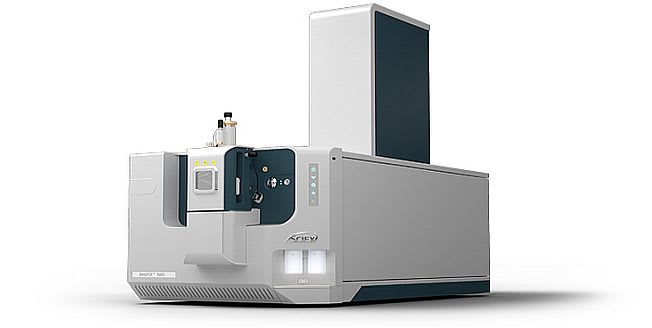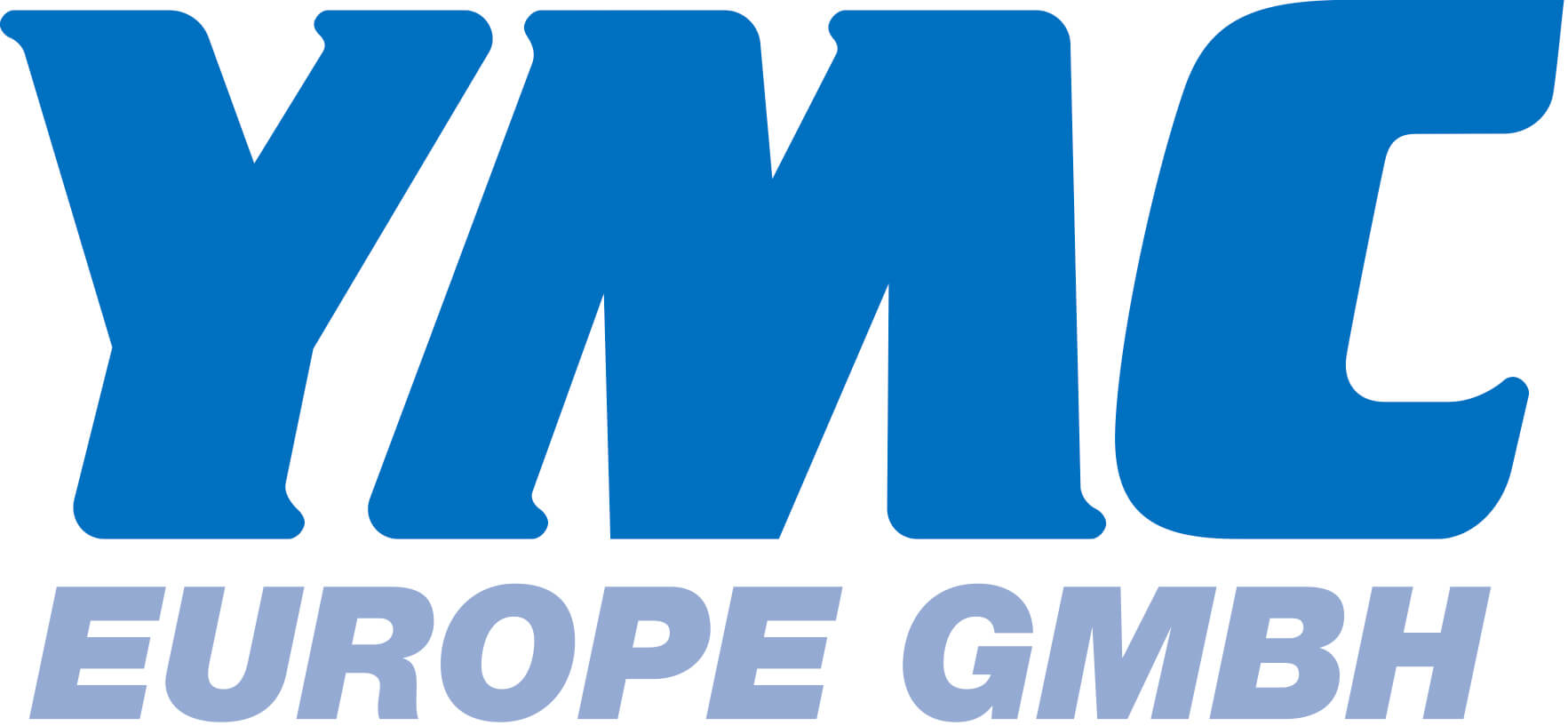
This technical note highlights the power of electron activated dissociation (EAD) for clear differentiation of 3- and 4- hydroxyproline (Hyp) isomers to meet the analytical need for biotherapeutic characterization in a case study. The elucidation of Hyp isomers poses an analytical challenge to traditional chromatographic and tandem mass spectrometry (MS/MS) approaches. By contrast, EAD generates signature z−27 and z−43 fragments for 3- and 4-Hyp isomers, respectively, for the unambiguous differentiation of these 2 Hyp isomers.
Natural linker peptides containing proline are commonly used in biotherapeutics.1 These peptides can undergo structural changes, such as Hyp formation and isomerization, during the manufacturing process.2,3 Therefore, there is a need to identify and differentiate Hyp isomers in the development of biotherapeutics to ensure their quality. However, the differentiation of Hyp isomers is challenging using traditional collision-based MS/MS approaches.3 Although conventional electron-based MS/MS techniques can generate signature fragments for the differentiation of Hyp isomers,3 these methods are not suitable for routine biotherapeutic characterization due to slow scan rate and low sensitivity. EAD has proven to be an indispensable tool for rapid differentiation of amino acid isomers, primarily when baseline chromatographic separation cannot be achieved.
In this technical note, optimized EAD workflows were employed to differentiate 3- and 4-Hyp isomers of proline-containing peptides using the ZenoTOF 7600 system equipped with the EAD capability. The detection of diagnostic fragments z−27 for 3-Hyp and z−43 for 4-Hyp enabled confident elucidation of synthetic Hyp-containing peptides and a Hyp isomer identified in real-world samples from the biotherapeutic industry.





